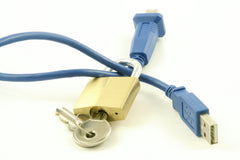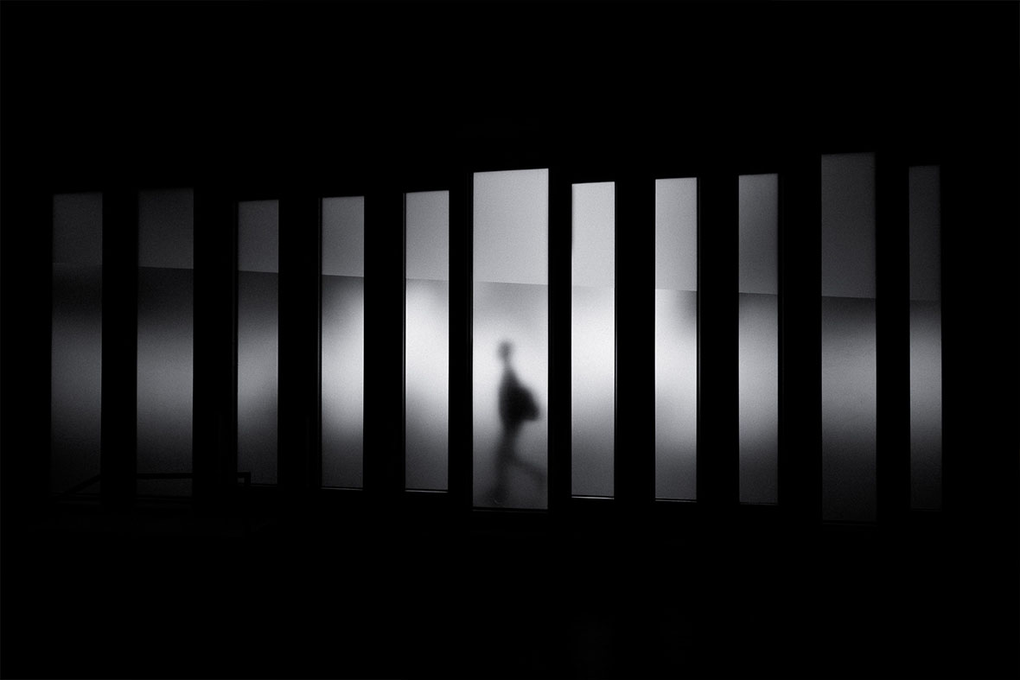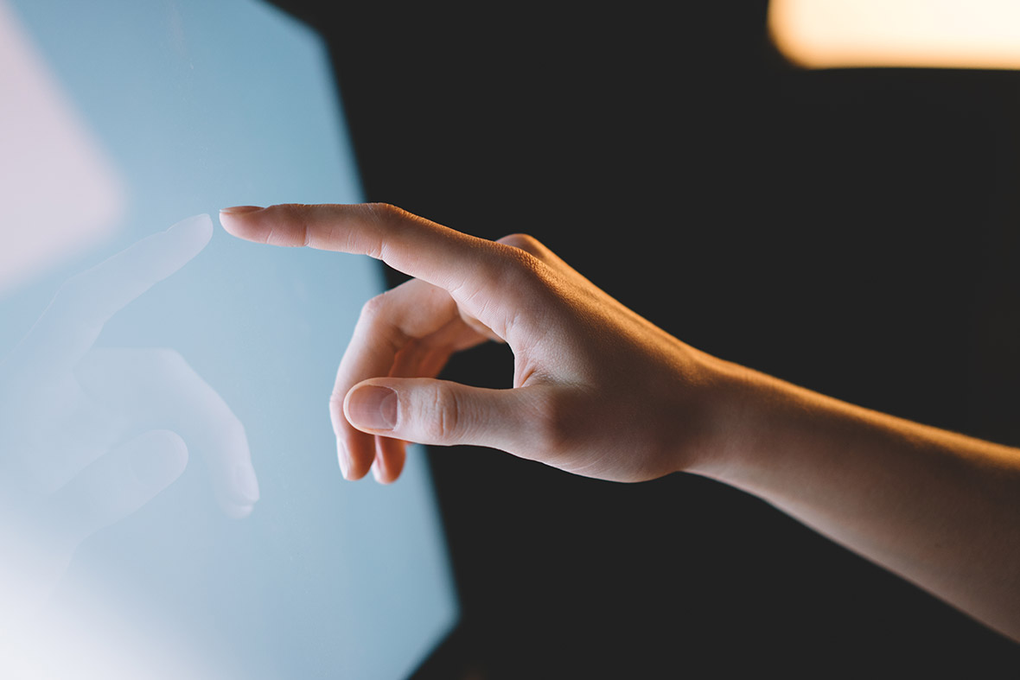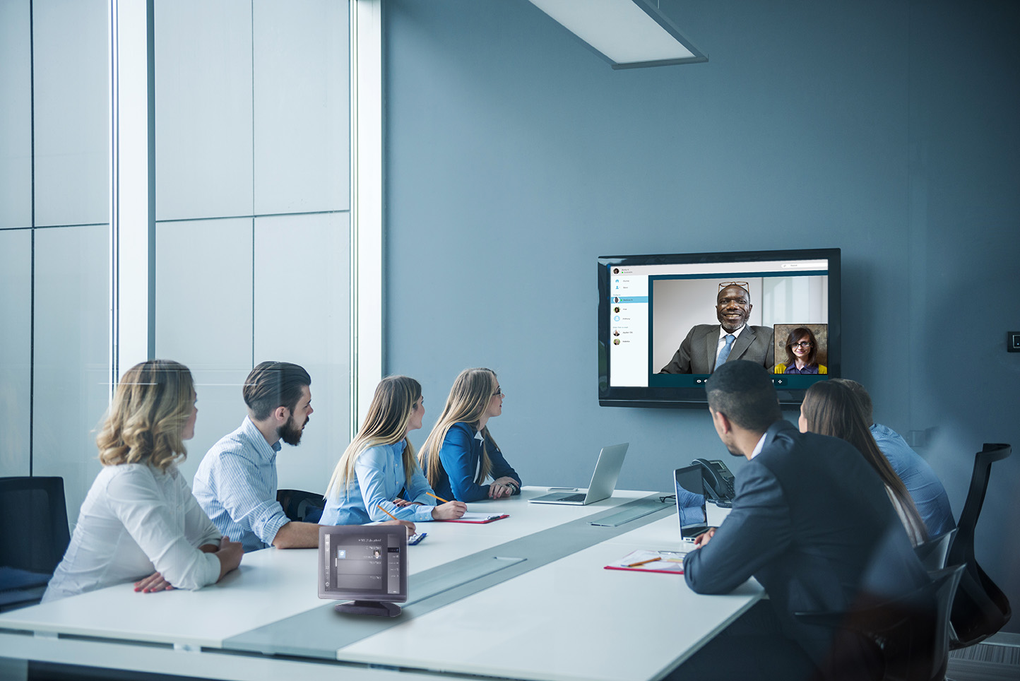Why choose a USB connected display over a standard VGA or HDMI solution
You may ask why you should choose a USB monitor over a more traditional display using VGA, DVI, or HDMI. In many cases, a traditional display is the logical, inexpensive choice. However, there are cases where a USB powered monitor is a better solution, without compromise. USB graphics technology allows smooth video playback and provides a low latency connection that feels very much like a traditional monitor while providing "plug and display" simplicity. USB graphics technology allows for high resolution, full 32-bit color graphics.
Expandability

One of the biggest advantages to using USB powered displays is expandability. While most PCs and media players have 1 or 2 video outputs, USB technology allows you to add up to 6 more screens under standard Windows and up to 14 more screens with Windows Multipoint Server (4 more for Mac). That means an existing media player can be expanded to support many more screens lowering overall infrastructure, installation and maintenance costs. Because the video is created through a combination of software and hardware, you do not need to install expensive graphics cards. In fact, no extra hardware is necessary. All you need to do is install a driver to your computing device and you are ready to go.

For Point-of-Sale/Point-of-Purchase solutions, a USB powered display is ideal for kiosks and customer check-outs, because they allow merchants to configure dual displays at the point-of-purchase: one monitor for the employee-facing POS and another for the customer-facing marketing material. Just add a second (or third screen) over USB, and add some software for content, most likely without changing the rest of the point of sale hardware. It is also fully integrated into a complete solution.
Currently our USB powered monitors are supported under Windows Vista, Windows 7 and Windows 8 as well as Apple Macintosh, and Linux (please check it out here as support may change over time). We've tested and verify that Ubuntu 12.04-LTS, Ubuntu 13.09, Ubuntu 14.04-LTS, and Raspberry Pi Raspian all work with our USB displays. Plus, Android support is coming soon.
Simplicity and portability

USB solutions win for simplicity. Just a single cable connects video, touch and power, making an elegant solution. Traditional touch displays require a video cable (VGA, HDMI or DVI), a USB connection for touch data, and then a power brick and cable to provide power. Our USB powered monitors are powered by the USB port, so there is no need for an additional power brick, making them efficient and portable USB monitor solution
Size

In fact, our 7” UM-710s and UM-720S are specifically designed for portability. These USB powered displays weigh less than 1 pound and protect their screen when closed.

When installing a point of sale or digital signage solution in a retail environment, design aesthetics and size matters. The less space the solution takes up and the better it looks, the happier the retailer will be. With USB, the connectors are smaller and the cables are thinner than VGA, DVI and HDMI. Plus, once again, a single cable does it all. No power brick to hide. USB is also digital transport medium so there will be no interference like with VGA.
Mimo Monitors now offers a solution if you need to install a screen a long distance from the computing device. No longer are you limited to 15 feet, nor do you need to supply power at the remote side. Just install the USB display, a small adapter, and connect a single cable and it is ready. Check out our USB Extender Adapter for more information.
Security

For any application where security of video information is needed USB solutions are the perfect. The video updates to the screen are automatically detected by the computing device and compressed using the DisplayLink compression technology (DL2+ or DL3) before being sent. Because the encryption and compression algorithms are proprietary, it makes the update extremely difficult to capture, copy, or modify. A high speed chip embedded in the Mimo display decodes the compressed data back into video or graphics data. In addition, since it a wired medium, the information cannot be easily sniffed or wirelessly captured. For digital signage, this means that the video branding system you've built is secure.
Power Savings

A significant advantage of USB displays is that since they are doing their work in software rather than dedicated hardware there is a significant power savings. Using multiple displays gives productivity a power boost, but also can be source of energy drain, mainly for two reasons. First, USB displays are built to be powered via USB. There is only a limited amount of power available over USB, so the displays must be designed to waste as little of it as possible. Secondly, dedicated video hardware is burning power all the time but mostly it is idle. Consequently, a USB graphics solution uses up to 80% less power than a discrete solution and using four displays consume only a 22% increase in power usage over a single display configuration. This not only means less power consumed, but it also means less cooling required.
Expandability
For Point-of-Sale/Point-of-Purchase solutions, a USB-connected display is ideal for kiosks and customer check-outs, because they allow merchants to configure dual displays at the point-of-purchase: one monitor for the employee-facing POS and another for the customer-facing marketing material. Just add a second (or third screen) over USB, and add some software for content, most likely without changing the rest of the point of sale hardware. It is also fully integrated into a complete solution.
Currently our displays are supported under Windows Vista, Windows 7 and Windows 8 as well as Apple Macintosh, and Linux (please check it out here as support may change over time). We've tested and verify that Ubuntu 12.04-LTS, Ubuntu 13.09, Ubuntu 14.04-LTS, and Raspberry Pi Raspian all work with our displays. Plus, Android support is coming soon.

Simplicity and portability

Size

Security

Power Savings

